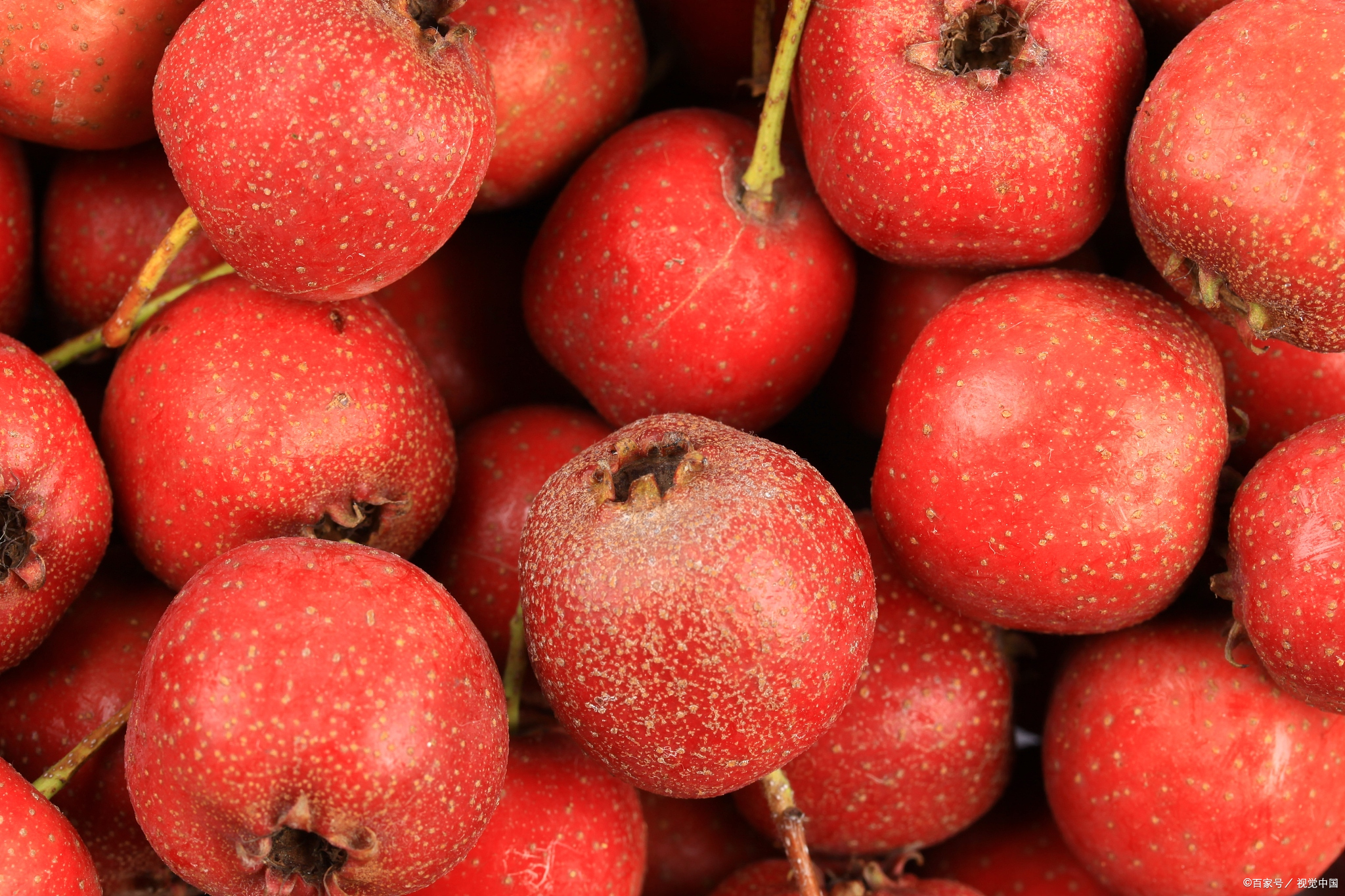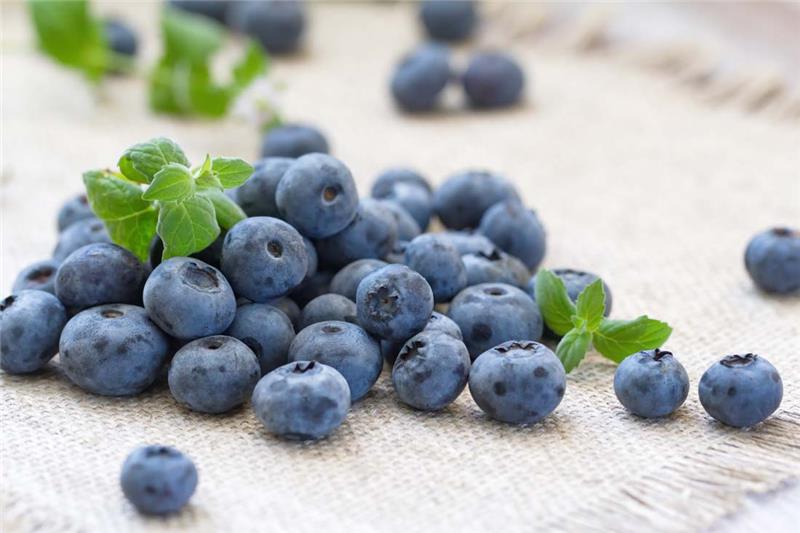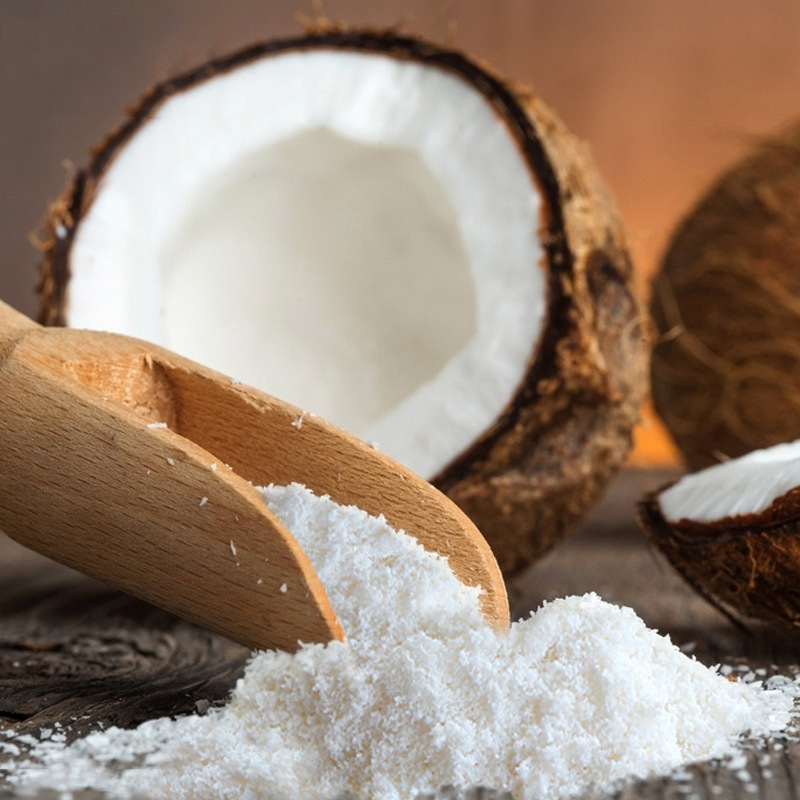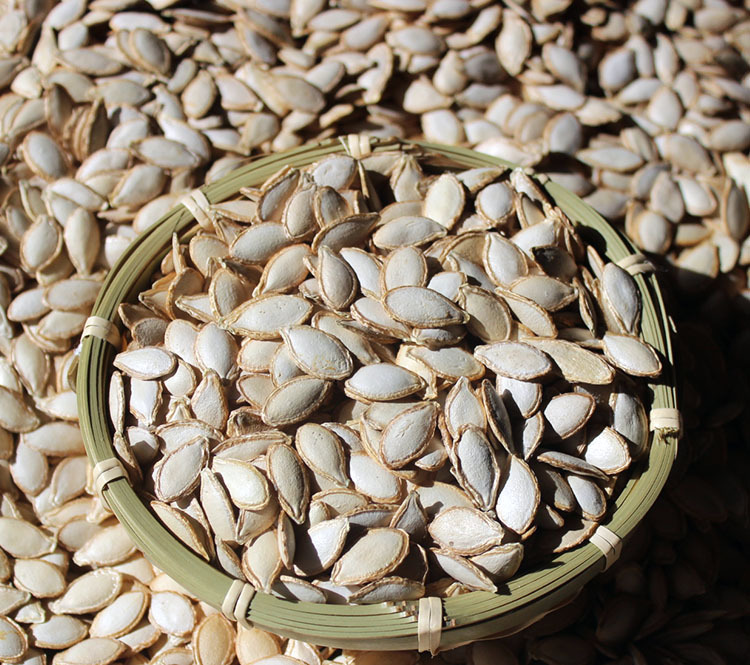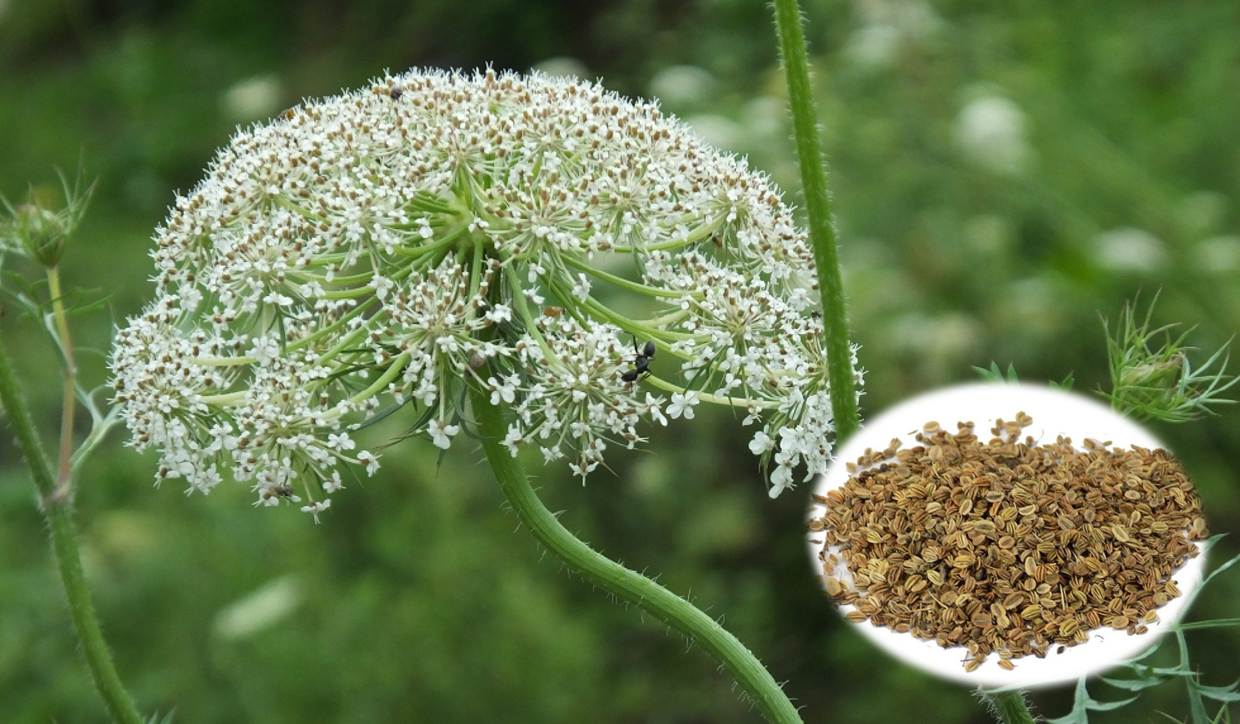Follow Us:
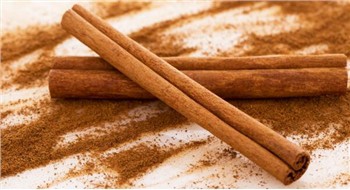
How Much Cinnamaldehyde Is in Cinnamon
The primary component of cinnamon flavor, trans-Cinnamaldehyde, is a potent antimicrobial found in essential oils like cinnamon. A gas chromatographic-mass spectrophotometric method for the extraction and analysis of essential oil components like cinnamaldehyde from commercial cinnamon-containing foods (several brands of cinnamon breads, cereals, cookies, puddings, applesauces, and fruit juices) was developed as part of studies designed to determine its maximum microbial lethality under food-processing conditions.
Apple cinnamon cereals had a cinnamaldehyde content of 12.2 mg/100 g (122 ppm) and cinnamon swirl bread had a cinnamaldehyde content of 31.1 mg/100 g (311 ppm), the highest value. Orange juice had a trace amount. Pure cinnamaldehyde, pure eugenol, cinnamon oil, and mixtures consisting of cinnamaldehyde plus eugenol or cinnamon oil were heated at graded temperatures up to 210 °C for 60 minutes to determine the heat stability of cinnamaldehyde. Potential compositional changes were then examined.
Eugenol was steady to warm, similar to the parts of cinnamon oil: linalool, eugenol, and carvone. Pure cinnamaldehyde, on the other hand, undergoes a temperature-dependent transformation to benzaldehyde under heat starting at 60 °C. When cinnamon oil or pure eugenol was added to pure cinnamaldehyde, the aldehyde was protected from heat destruction. Eugenol’s antioxidative properties may be the cause of the protection. These findings have implications for food chemistry and microbiology, as well as a possible mechanism for this effect.
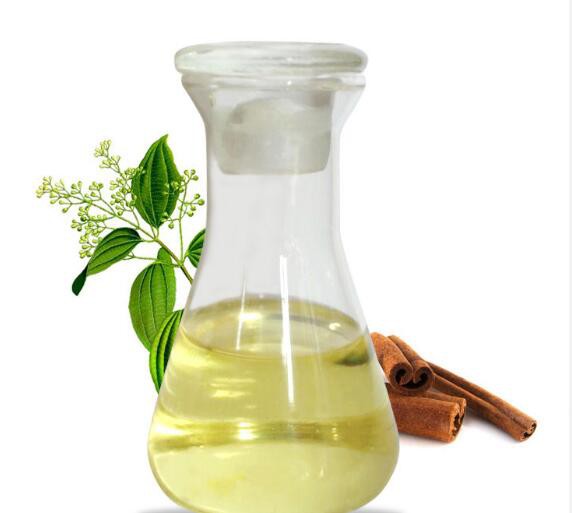
How much cinnamon eauals a cinnamon stick?
If you only have ground cinnamon and a recipe calls for a whole cinnamon stick or quill, substitute 1/2 to 1 teaspoon of ground cinnamon for each stick or quill. In place of cinnamon sticks, ground allspice could also be used. Start with one-fourth as much allspice for cinnamon if allspice is used in place of cinnamon.
How to extract cinnamaldehyde from cinnamon?
One of the plants in the cinnamon family that contains high-quality essential oil is cinnamonomum zeylanicum. In this review, the medicinal balm from plant Cinnamomum zeylanicum was extricated utilizing two strategies which were steam refining and Soxhlex extraction. Using a separatory funnel, high-quality essential oil extraction was produced through steam distillation.
Soxhlet extraction created medicinal oil in rough structure utilizing revolving evaporator to clean the separated item. Cinnamaldehyde, the primary component of cinnamon, is abundant in cinnamon essential oil. Cinnamaldehyde made up about 90% of the essential oil produced by steam distillation and 62%-73% by Soxhlet extraction. When tested with Bacillus subtilis sp., a gram-positive bacteria, and Escherichia coli, a gram-negative bacterium, cinnamon essential oil formed a clear zone. Cinnamon essential oil has high antimicrobial properties.
In addition, two unidentified bacteria with unidentified characteristics demonstrated its antimicrobial properties. Since cinnamon’s main compound is cinnamonaldehyde, it has a high antibiotic quality.
What percent of cinnamon is cinnamaldehyde?
C. osmophloeum, a species from Taiwan, has significant in vitro and in vivo antioxidant activities under oxidative stress [69]. C. tamala has potential antioxidant activities in diabetic rats [68]. Various approaches have been used to investigate C. zeylanicum’s antioxidant activity. Cinnamon can be used as a preservative in cakes and other food products in addition to its antioxidant properties.
Cinnamon leaf extract-coated pectin film had high antioxidant and antibacterial properties, according to a recent study [71]. Dong and co. reported that, when compared to other volatile components, cinnamaldehyde (E) extracted from C. cassia is the main compound and is present in levels as high as 72.7%. Cinnamaldehyde (E) is notable for its antityrosinase movement.
Tyrosinase inhibitors are currently receiving a lot of attention because they suppress hyperpigmentation and cause mushrooms, fruits, and vegetables to turn an unsightly brown when exposed to sunlight or air. As a result, antityrosinase agents are associated with a wide range of industries, including food, medicine, and cosmetics.
References:https://www.ncbi.nlm.nih.gov/pmc/articles/PMC4003790/#:~:text=Dong%20et%20al.%20reported%20that,other%20volatile%20components%20%5B72%5D.
Extraction of Essential Oil from Cinnamon (Cinnamomum Zeylanicum)














